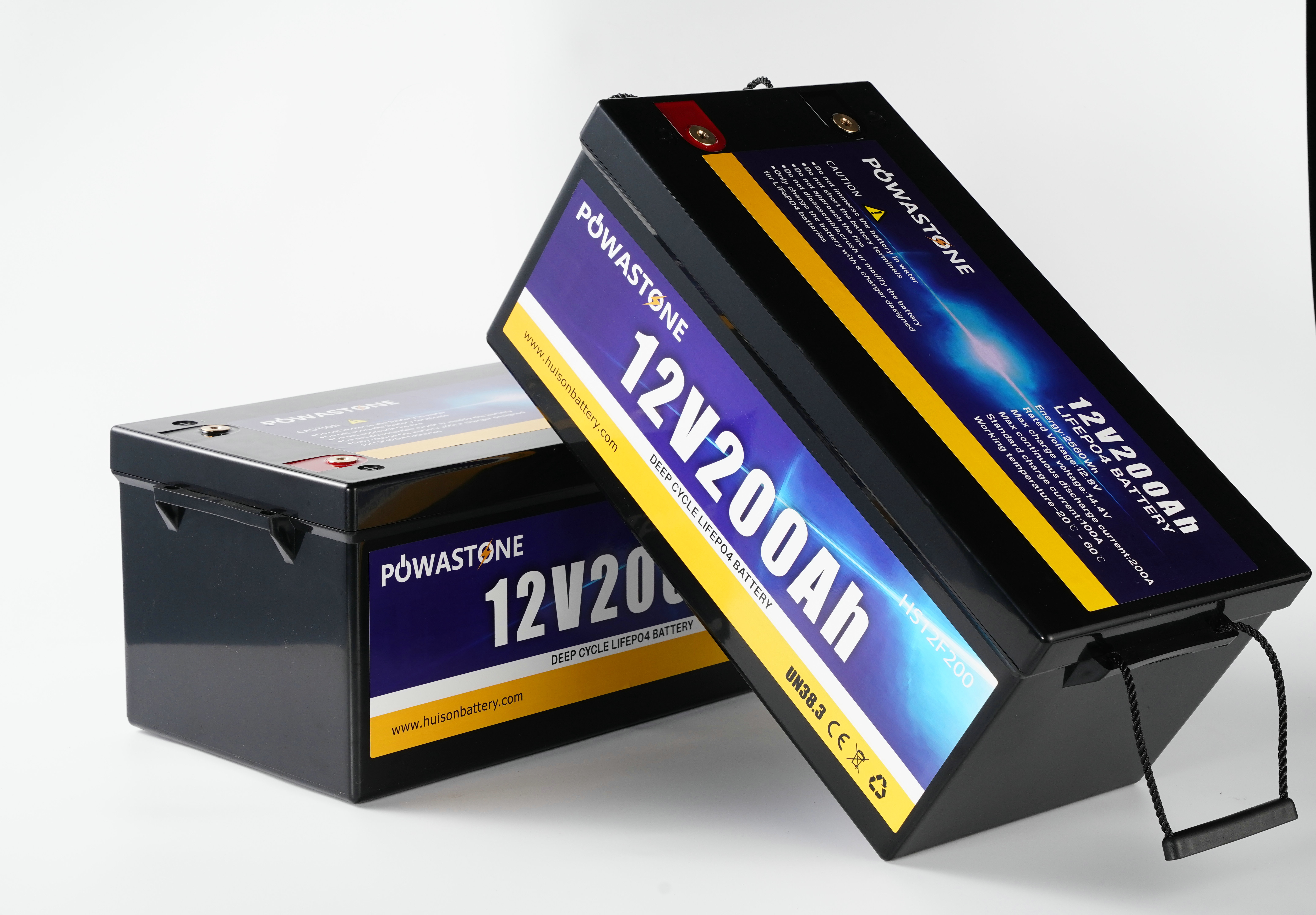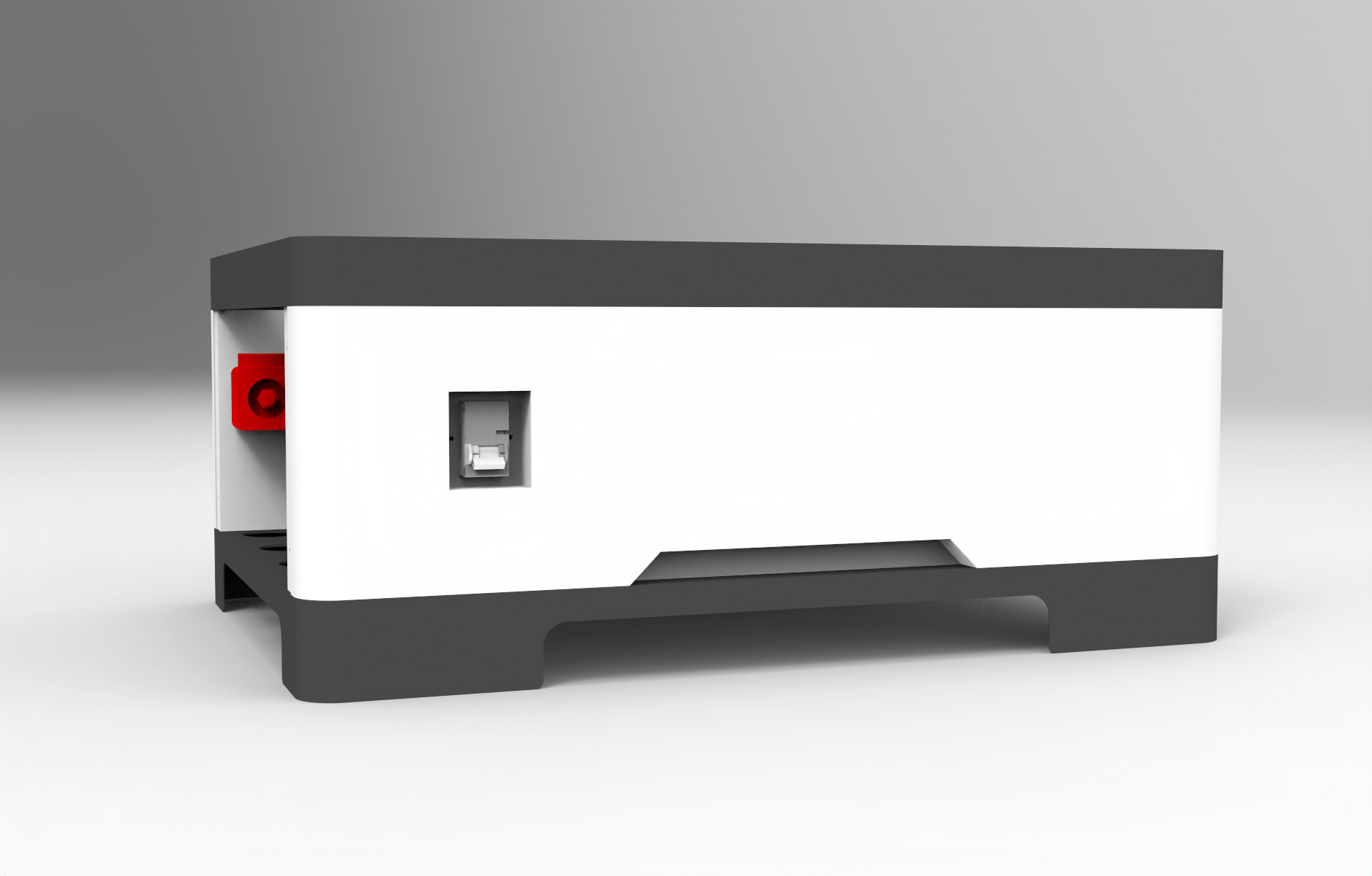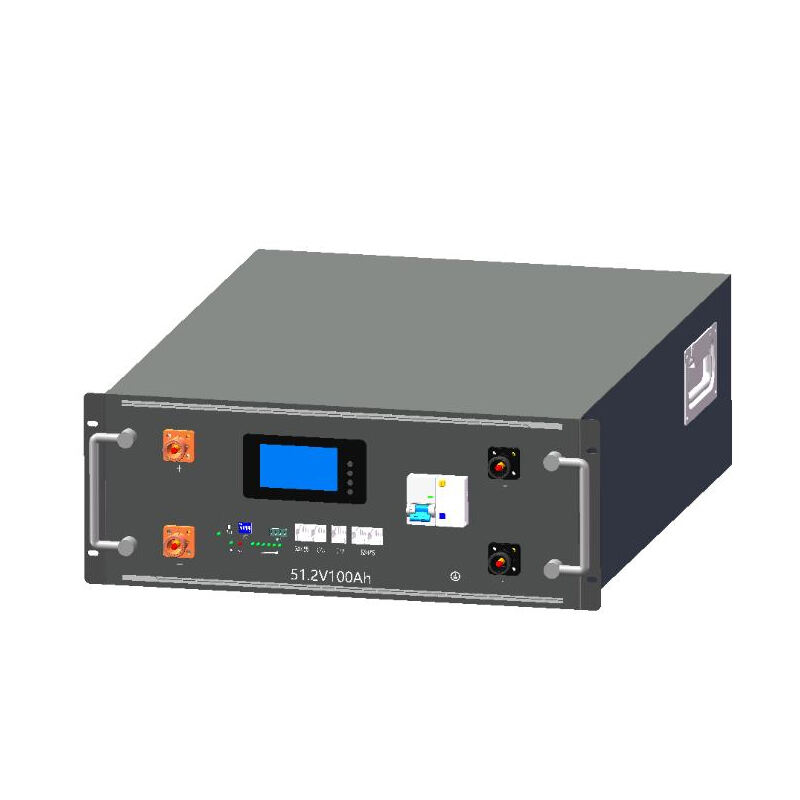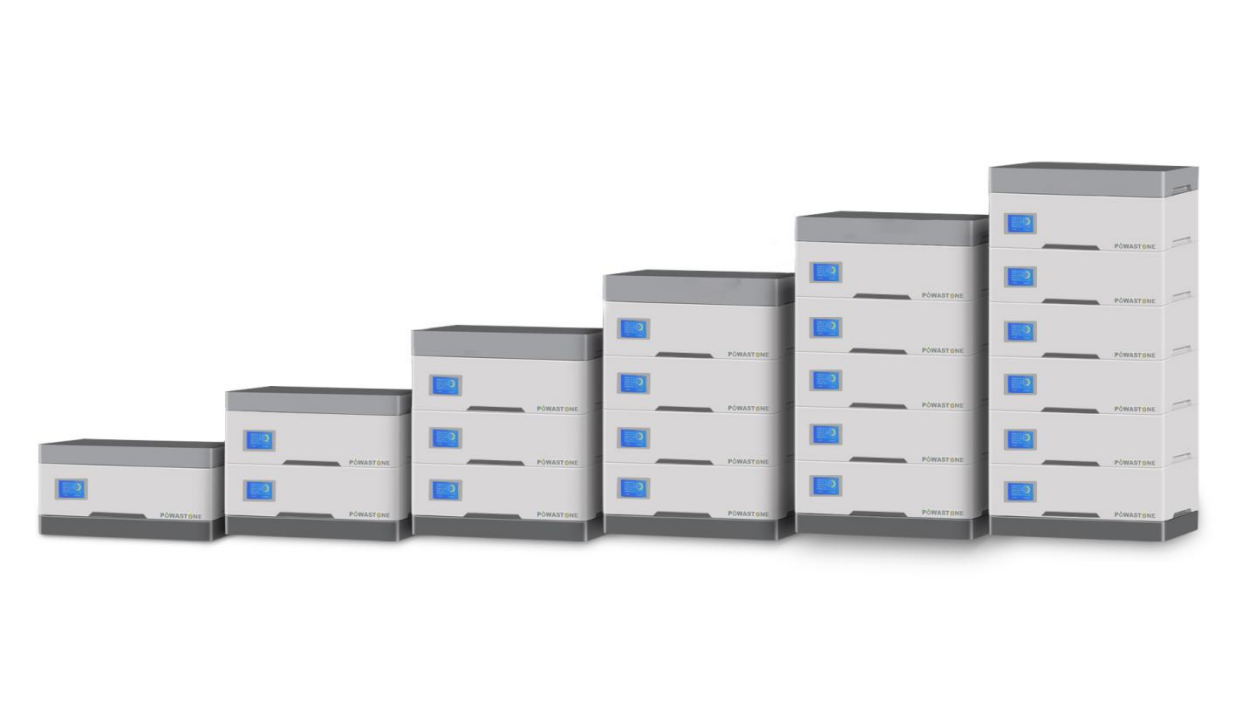Is home energy storage battery compatible with solar panels?
How Home Energy Storage Battery Integrates with Solar Panels
The Principle of Solar-Plus-Storage System Integration
Today's solar plus storage setups work like combined energy systems where solar panels generate power and batteries store what isn't used right away. When sunlight hits those panels, they produce direct current electricity, then inverters change that DC into alternating current so homes can actually use it. What most people don't realize is that any extra power gets stored in batteries throughout the day rather than going back into the electrical grid. The latest data from the Solar Storage Integration Report released in 2024 shows something interesting too. Systems equipped with better charge controllers manage around 92 to maybe even 95 percent efficiency when storing and pulling out energy again. That means not much gets lost in the process, which makes these hybrid systems pretty efficient overall.
How Home Energy Storage Battery Works with Solar Panels During Daylight and Nighttime
Solar panels work their magic during the day, powering household gadgets and at the same time filling up the battery bank. Midday often brings extra electricity generation compared to what homes actually need, so this leftover power gets saved away for later use. When evening falls or clouds roll in, those batteries kick in, supplying stored solar power instead of relying on outside grids. Most families can cut down their reliance on traditional power lines by around three quarters according to recent research from Ponemon Institute back in 2023. The smarter setups out there now come equipped with clever software that figures out when best to use direct sunlight versus pulling from storage, making sure everything runs smoothly without anyone noticing any switches happening behind the scenes.
Key Technical Factors Affecting Compatibility: Voltage, Power Output, and Charge Controllers
Three critical factors determine solar-battery compatibility:
| Factor | Optimal Range | Impact on Performance |
|---|---|---|
| Voltage | Match between PV array & battery | Prevents undercharging/overcharging |
| Power Output | Household’s peak demand | Ensures uninterrupted power supply |
| Charge Controller | MPPT (Maximum Power Point Tracking) | Boosts efficiency by 15–30% vs. PWM |
Most top manufacturers recommend pairing lithium ion batteries with hybrid inverters these days since they handle two way energy movement and adjust voltages dynamically. Take a look at Hoymiles' installation manual for instance it mentions something interesting about voltage mismatches cutting down battery storage potential by around 22 percent in some cases. Before adding new batteries to an older solar setup, make sure to check if the existing inverter works well together and what kind of charge controller specs are needed. Compatibility issues often pop up when people try to upgrade without proper planning.
AC-Coupled vs DC-Coupled: Choosing the Right Solar-Plus-Storage Architecture
DC Coupled vs AC Coupled Battery Integration: Efficiency and Design Considerations
DC coupled systems send solar power straight to batteries through just one conversion step, which gives them around 94% round trip efficiency since there's less back and forth with electricity transformations. On the flip side, AC coupled setups actually go through three conversions (from DC to AC then back to DC again before finally becoming AC). According to recent research from 2023 on photovoltaics, these multiple steps result in about 12 to 15% loss overall. Because of how they work differently, the parts needed vary quite a bit too. For DC systems, we need special hybrid inverters that can handle both charging from solar panels and interacting with the grid at the same time. Meanwhile, AC systems typically use regular grid tied inverters alongside separate controllers specifically for managing batteries.
When to Choose a DC-Coupled System for New Solar Installations
When setting up new solar panels, DC coupling really shines for those who design their systems as full energy ecosystems rather than just adding components later. According to research from NREL back in 2022, going with DC from the start saves about 23 percent compared to converting existing AC systems down the road. This makes sense especially for households that want maximum independence from the power grid. Another big plus is dealing with net metering rules. With DC coupling, there's only one point where the system connects to the grid, which means getting permission from utilities takes around four to six weeks less time across many areas. That kind of efficiency matters a lot during installation planning.
Advantages of AC-Coupled Systems for Adding Batteries to Existing Solar Systems
When it comes to retrofitting existing systems, AC coupling means we don't have to throw away working solar inverters. Industry research shows this approach keeps about 85 percent of what's already there intact, which saves money on replacements. The system is built with modules that can be added one at a time, so people can expand their battery storage gradually as their energy needs change over time. Best part? They don't need to tear apart or completely redesign their main electrical setup. Because of this adaptability, most American homeowners who upgrade their solar installations go for AC coupled systems. Statistics indicate around 78 out of every 100 residential solar improvements use this method these days.
Energy Losses and Control Complexity in Different Coupling Methods
Each time there's a DC to AC conversion in an AC system, we lose around 3 to 5 percent of the energy somewhere along the way. With DC setups, things are actually worse because they only have one conversion point but still end up losing about 6%. When it comes to monitoring these systems, the difference gets even bigger. AC systems need all sorts of complicated synchronization between different inverters, whereas DC systems work with just one central controller. Looking at how these technologies perform in practice helps explain why certain projects work better with specific approaches. For brand new solar storage installations where maximum efficiency matters most, going with DC makes sense. But older facilities that already have existing infrastructure tend to stick with AC since it plays nicer with what's already there.
Inverter Compatibility and Its Role in Home Energy Storage Battery Performance
The performance of home energy storage battery systems heavily depends on inverter compatibility–a factor influencing 20–30% of total energy yield in solar-plus-storage setups according to 2023 DOE efficiency studies. Proper pairing ensures seamless energy conversion between solar panels, batteries, and household loads while preventing safety risks from voltage mismatches.
Role of Hybrid Inverters for Solar and Battery Systems
Hybrid inverters serve as unified control hubs that:
- Manage bidirectional power flow between solar arrays, batteries, and the grid
- Optimize charge/discharge cycles using weather forecasts and usage patterns
- Achieve 94–97% round-trip efficiency in modern systems, per NREL 2023 benchmarks
These all-in-one units eliminate compatibility issues through integrated Maximum Power Point Tracking (MPPT) and battery management systems (BMS), making them ideal for new solar installations planning eventual storage expansion.
String Inverters, Microinverters, and Battery-Ready Inverters: What Works Best?
| Inverter Type | Storage Compatibility | Efficiency Range | Retrofit Complexity |
|---|---|---|---|
| String | AC-coupled only | 88–92% | High |
| Microinverter | AC-coupled w/limitations | 83–87% | Very High |
| Battery-ready | Native DC coupling | 93–96% | Moderate |
String inverters dominate existing solar installations but require separate battery inverters for retrofits. Battery-ready models offer future-proofing through pre-installed DC coupling ports, while microinverters create unique challenges due to decentralized power conversion.
Controversy Analysis: Can Microinverter-Based Solar Systems Efficiently Support Battery Storage?
The solar industry remains divided on microinverter-storage integration. Proponents argue AC-coupled batteries can work with any microinverter system through secondary inverters. Critics cite:
- 12–15% additional energy losses from double conversion (DC→AC→DC→AC)
- Limited load management capabilities during grid outages
- 23% higher installation costs compared to hybrid solutions
While technically feasible, most microinverter systems achieve only 78–82% overall storage efficiency versus 90–94% for DC-coupled hybrids–a gap narrowing as bidirectional microinverters enter prototype testing.
Battery Chemistries Compatible with Solar Panel Systems
Lithium-ion, LFP, lead-acid, and flow batteries: which are most compatible with solar?
Modern solar systems mostly rely on lithium-ion batteries because they pack a lot of power in a small package, typically delivering between 180 to 250 Wh per kg and lasting anywhere from 4,000 to 6,000 charge cycles. Among these, Lithium Iron Phosphate or LFP versions stand out for being much safer at home since they handle heat better, even though they store less energy compared to other types. If someone wants something cheaper for occasional backup power, lead-acid batteries still exist as an option, though most won't last past around 1,500 cycles before needing replacement. Then there are flow batteries which can scale up nicely and last over 15,000 cycles, but they take up so much room that homeowners generally pass on them. Energy experts tend to point toward LFP batteries more often now when talking about installations where safety matters most along with long term reliability.
Performance comparison: lifespan, efficiency, and safety of common battery types
A recent comparison of solar-compatible chemistries reveals stark differences:
| Chemistry | Cycle Life | Round-Trip Efficiency | Thermal Risk |
|---|---|---|---|
| LFP | 6,000+ | 95–98% | Low |
| NMC Lithium | 4,000 | 90–95% | Moderate |
| Lead-Acid | 1,200 | 75–85% | Low (ventilation required) |
| Flow Battery | 15,000+ | 70–85% | Negligible |
As shown in this energy storage comparison study, LFP batteries provide the best balance of efficiency and durability for daily solar cycling.
Emerging technologies in solar-compatible energy storage
Solid-state and saltwater batteries are gaining traction as next-gen solutions. Solid-state designs promise 2–3x higher energy density than lithium-ion with near-zero combustion risk, while saltwater batteries use non-toxic electrolytes for environmentally safe operation. Though currently 20–40% costlier than conventional options, these technologies could revolutionize residential solar storage by 2030.
Adding a Home Energy Storage Battery to Existing Solar Systems
Feasibility and Cost of Retrofitting Batteries into Grid-Tied Solar Arrays
Integrating a home energy storage battery into existing solar systems is feasible for 75% of grid-tied installations, with retrofitting costs ranging from $8,000 to $20,000 depending on system age and battery capacity (NREL 2025). AC-coupled configurations–which avoid direct DC circuit modifications–are preferred for compatibility with older solar arrays.
System Compatibility Checks: Inverter Readiness, Electrical Panel Capacity, and Utility Interconnection
Three critical checks must precede installation:
- Inverter compatibility: Hybrid inverters or secondary battery-specific inverters are required in 62% of retrofits
- Electrical panel capacity: 200A service panels accommodate battery integrations in 89% of cases
- Utility approval: Mandatory for grid interconnection in all U.S. jurisdictions
Recent analyses of AC-coupled retrofits show 94% success rates when following standardized compatibility protocols.
Case Study: Successful Integration of a Lithium-Ion Battery into a 5kW Rooftop Solar Setup
A California household retrofitted their 5kW solar array with a 22kWh lithium-ion battery, achieving:
- 18-hour nighttime power autonomy during outages
- 92% round-trip efficiency
- $1,200 annual savings through peak shaving
This installation required upgrading to a hybrid inverter but maintained original solar wiring, demonstrating cost-effective modernization paths (Berkeley Lab 2024).
FAQ
How does a home energy storage battery integrate with solar panels?
Solar panels generate DC electricity, which is converted to AC for home use. Excess energy is stored in batteries, and modern systems manage this process efficiently with charge controllers and inverters.
What are the key technical factors impacting solar-battery compatibility?
The critical factors include voltage matching, power output requirements, and the type of charge controller used. These elements ensure efficient energy use and storage.
What's the difference between AC-coupled and DC-coupled systems?
DC-coupled systems provide higher efficiency with fewer conversions, while AC-coupled systems offer flexibility for retrofitting existing setups without changing the main solar inverter.
Which battery types are most compatible with solar systems?
Lithium-ion, specifically LFP, lead-acid, and flow batteries are common, with LFP being favored for safety and long-term reliability.
Is it feasible to add a storage battery to an existing solar system?
Yes, most grid-tied systems can be retrofitted with a home energy storage battery, often using AC-coupled configurations for older solar arrays.















